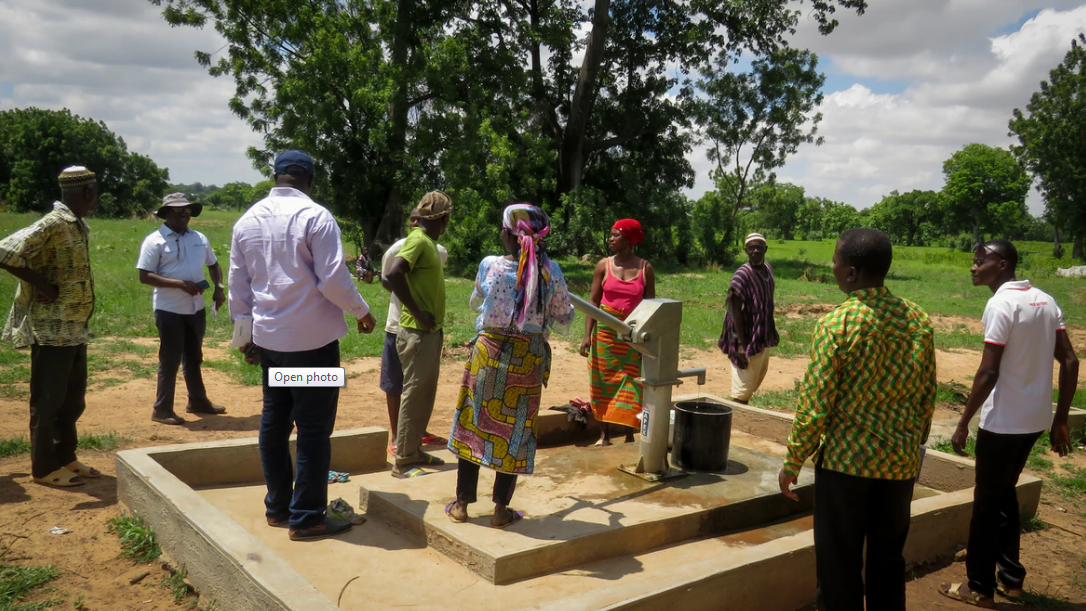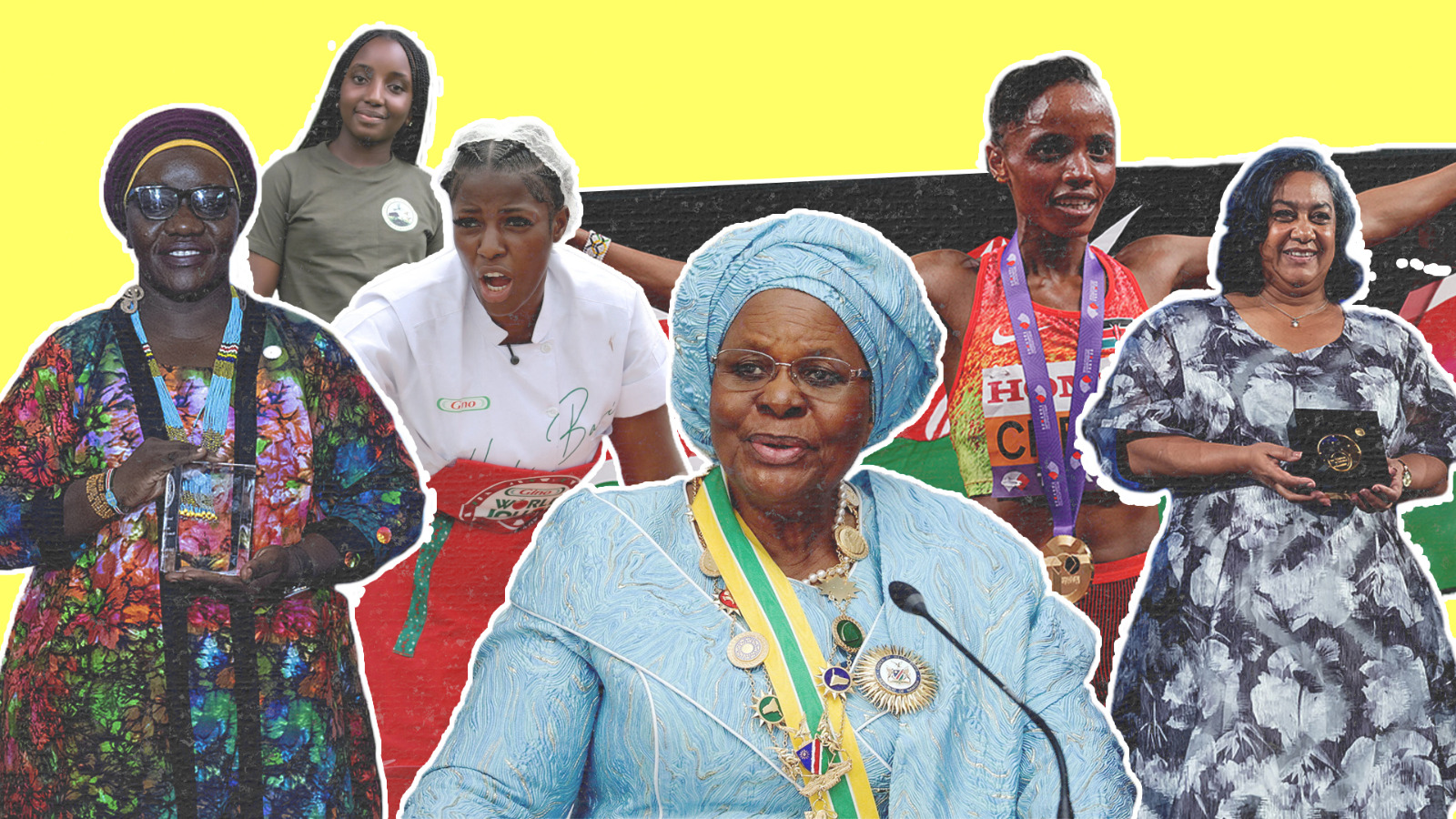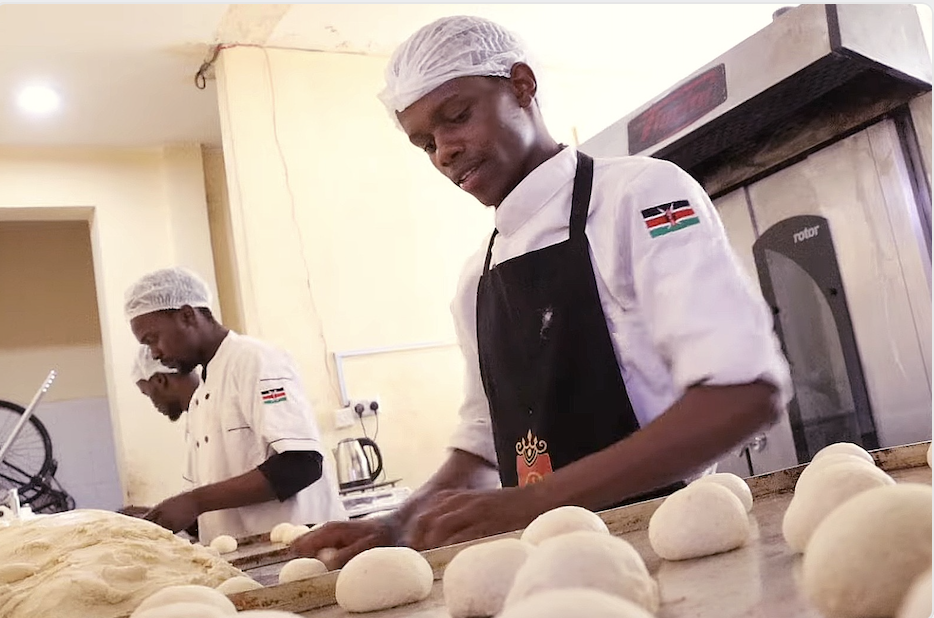
Communities in northern Ghana benefit from rehabilitated water sources

Communities in northern Ghana are now benefiting from a UN-led effort to improve the area’s water supply. The plan is also expected to boost livelihoods and build resilience against climate change.
In Ghana, close to six million people (nearly 22 percent of the country) rely on surface water to meet their daily water needs, leaving them vulnerable to water-related illness and disease.
The situation is even direr in Northern Ghana, where close to 50% of the population lacks access to safe drinking water and must use unimproved surface water as their primary drinking water source.
But by rehabilitating and constructing new boreholes and dams as well as irrigation systems in 50 communities, the UN is helping meet domestic water needs and provide innovative opportunities for growing crops in one of the driest regions in Africa.

The dry season is usually a difficult time for these communities, with little available food, and few functioning water sources.
However, among beneficiary communities, agriculture continues throughout the year, as water is available nearly continuously for irrigation, fishing, and livestock watering.
This is possible due to the rehabilitation of existing dams and the construction of new dams where necessary and appropriate.
With water availability being central to the livelihoods of communities in climate change-vulnerable Northern Ghana, the project has also opened up income-generating opportunities through the sale of fish, vegetables, and other products that depend on water availability.






